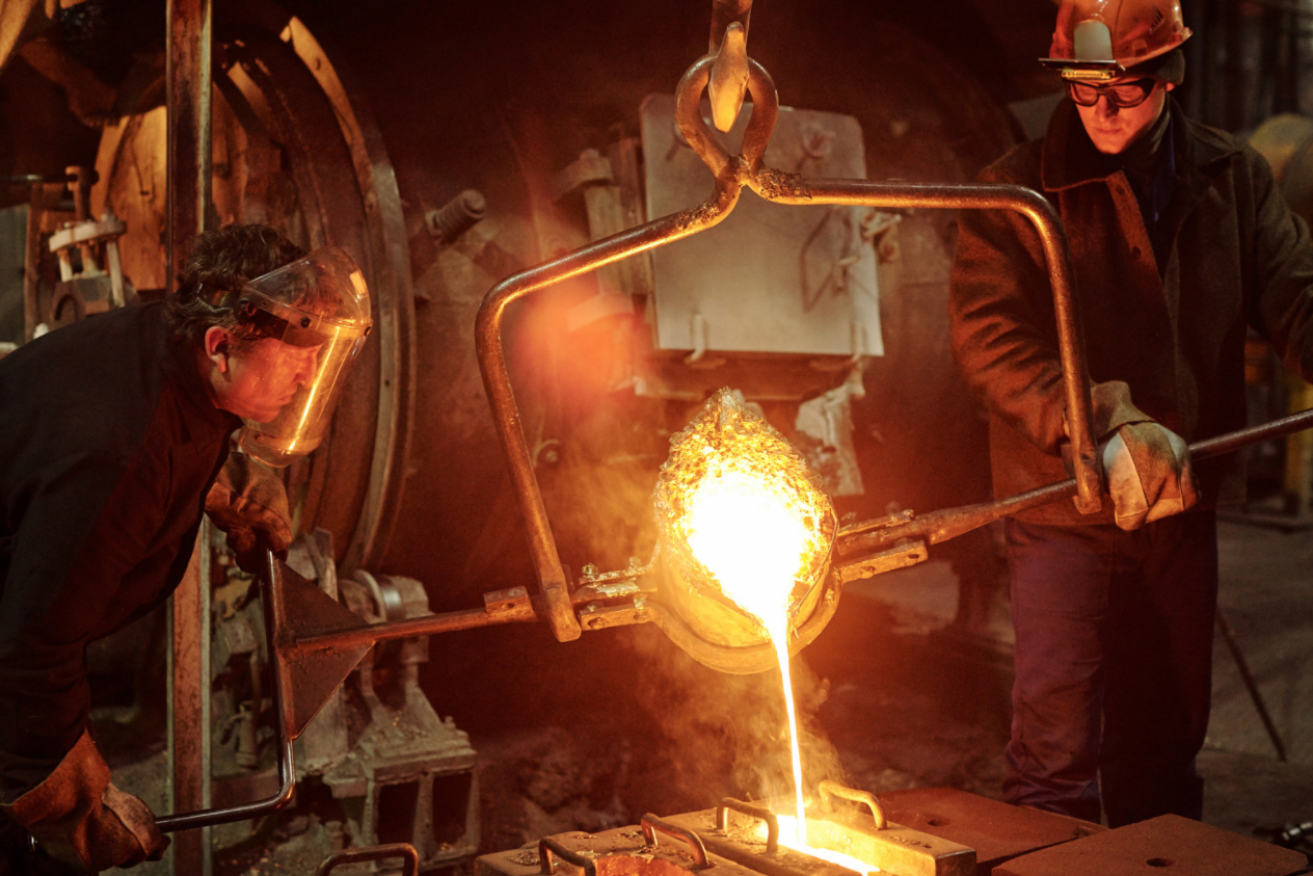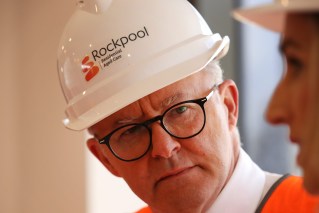Nightmare scenario for coal industry has just become a reality
The biggest threat to its Queensland coal projects and its 34,000 workers has just come to life.


Steel production is turning green
While the industry has claimed green steel was decades away, the first shipment of steel made without coal has just been shipped by Sweeden’s Hybrit to truck-maker Volvo AB as a trial run before full commercial production in 2026.
Volvo expects to make prototypes this year of green steel vehicles.
Queensland is the world’s biggest producer of seaborne metallurgical coal, which is sent to steel mills in Asia and the commodity is a key to the state’s economy and employment in central Queensland.
BHP is Queensland’s biggest producer of metallurgical coal, used in steel making, and earlier this week its chief executive, Mike Henry, dismissed the threat of green steel as being decades away.
Despite bowing to environmental pressure and selling off its thermal coal mines and pushing its oil assets into a proposed merger with Woodside, BHP has stuck with metallurgical coal, also known as coking coal, and is determined to keep the assets which generate billions in revenue each year.
Henry said coal would be needed for the decarbonisation of industry because it would have an integral role in creating the steel needed for projects like wind farms.
“We do believe the thematic of decarbonisation is actually going to … support the thesis for certain types of metallurgical coal for the foreseeable future,’’ Henry said.
“That’s because the ability to produce steel without any coal whatsoever … that’s going to take a fair amount of time to unfold.
“In the intervening period steel mills are going to need more efficient steel production, more efficient blast furnace production that’s going to require high quality coking coal.
“For steel mills to reduce their emission footprint and become more productive is going to need high quality coking coal. In addition to all the steel that is going to be required for decarbonisation infrastructure we think is supportive for high quality coking coal and BHP owns the world’s best resource of high quality coal.’’
Hybrit is using green hydrogen rather than coal. That is likely to be too expensive to be profitable at the moment because green hydrogen is not commercially viable.
However, the European Union has hydrogen at the centre of its plans to reach net zero greenhouse emissions by 2050.
In Australia, the issue is taken seriously by industry.
Aluminium producer Tomago Aluminium is expected to transition to renewable energy by the end of the decade. Tomago is Australia’s biggest electricity user.












